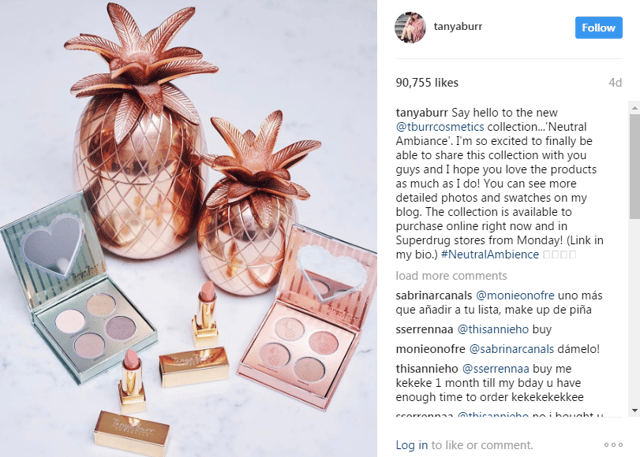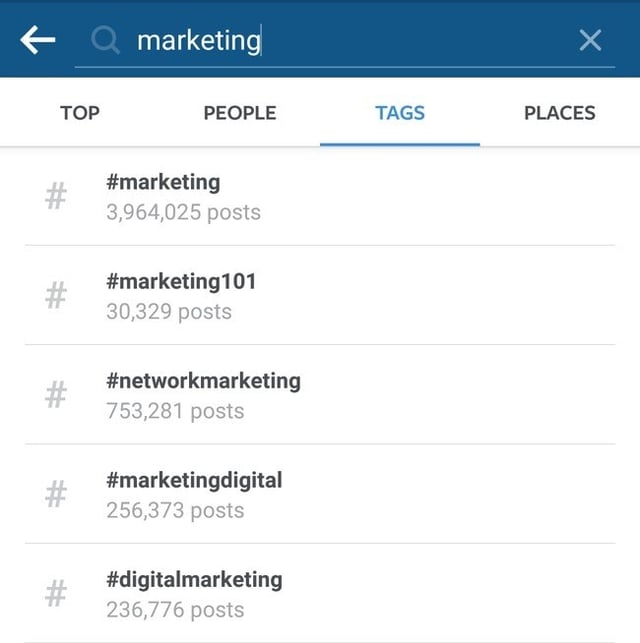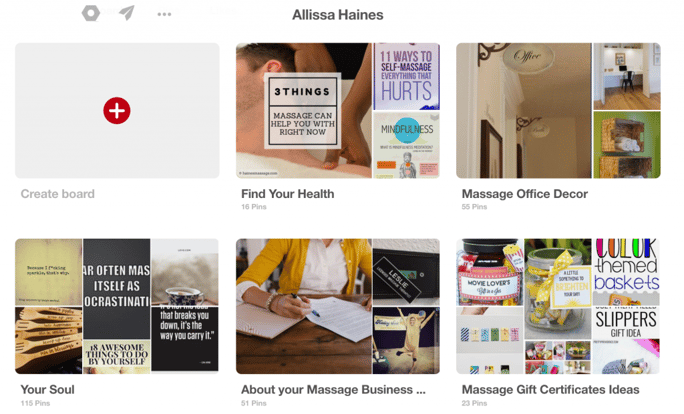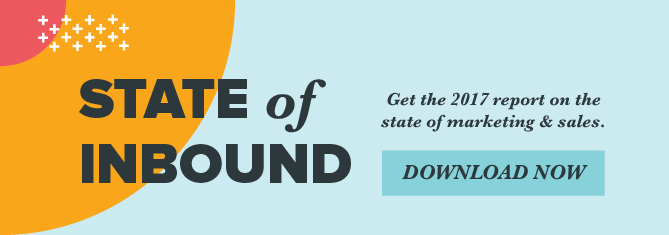
Data from the State of Inbound 2017 report (download link below)
According to the State of Inbound 2017, the top platforms being used for professional purposes are Facebook, LinkedIn and Twitter. Meanwhile, the top three personal platforms used for personal reasons are Facebook, Instagram and LinkedIn. The overlap is striking—we don’t see compartments; we see crossovers.
So what are the alternatives to a strict divide? Let’s take a look at some possibilities on social networks that blur the line between labour and leisure: Facebook, Twitter, Instagram and, not often considered, Pinterest.
Facebook
Before it became a renowned (non-traditional) media company, Facebook was a social networking site—and you’d be hard-pressed to find a site that does networking better than Facebook. Establishing connections on Facebook is easier and less restricted than on any other network. To connect with someone on LinkedIn, you’d need a bridge—colleague, family, former classmate,etc. —otherwise, you’d have to know their contact details to find them. But on Facebook? Just enter a name and start searching.
Want to get more active in your field of expertise? On Facebook, social networking for business might take the form of joining industry-relevant groups or using its various media—Facebook video stands out—to publish or share professional content. You can also segment your friends into groups and adjust your posts privacy setting so you know what you’re sharing is reaching only the right people.

Join Facebook Groups to reach more audience and widen your posts reach.
Twitter
Most professionals use Twitter not just to promote their products or services, but to gain the coveted status of thought leader. By sharing engaging industry content with the right hashtags, you can reach more audience that you can easily segment through creating lists.
Consistent sharing also attracts others to add you to their lists, spreading your influence. The odds of achieving virality on Twitter are also in your favour so make sure your bio clearly reflects you and your interests, so that when those moments arrive, people know who you are and what you do.

Tweet content you and your target audience are interested in.
Instagram
As an image-driven app, Instagram has been widely used by marketers for promotions that rely—sometimes entirely—on visuals. If you don’t need your own Instagram Business account, it’s easy to make use of a personal one to advertise for free. Use a series of related hashtags to increase visibility—just make sure the buyer’s journey is clear on your post’s caption. Share company culture photos here too!

Youtuber Tanya Burr uses her own Instagram account to promote her upcoming makeup launch.

Searching for hashtags will show how many people are using each one.
BONUS: Pinterest
It might not look like there are professional uses for Pinterest outside of retail, but the platform can be a way to curate content and attract people to it. Put your own take on the brand and people will see both the professional and personal you.

Pinterest Boards with curated content that can be interesting and of use to you and your audience.
We’d like to think that the key is not compartmentalization, but segmentation—rather than create separate profiles, simply post the right content at the right time for the right audience. Utilize privacy settings and scheduling to maintain soft borders between work and the rest of life.
If you’re blurring the boundaries this way, though, make sure your bio, photo, and vanity URL or usernames are professional and in line with the branding you’d like the world to see you in.
For more information on the social media platforms people use, and how they're using them, download the full State of Inbound 2017 report:

Comments